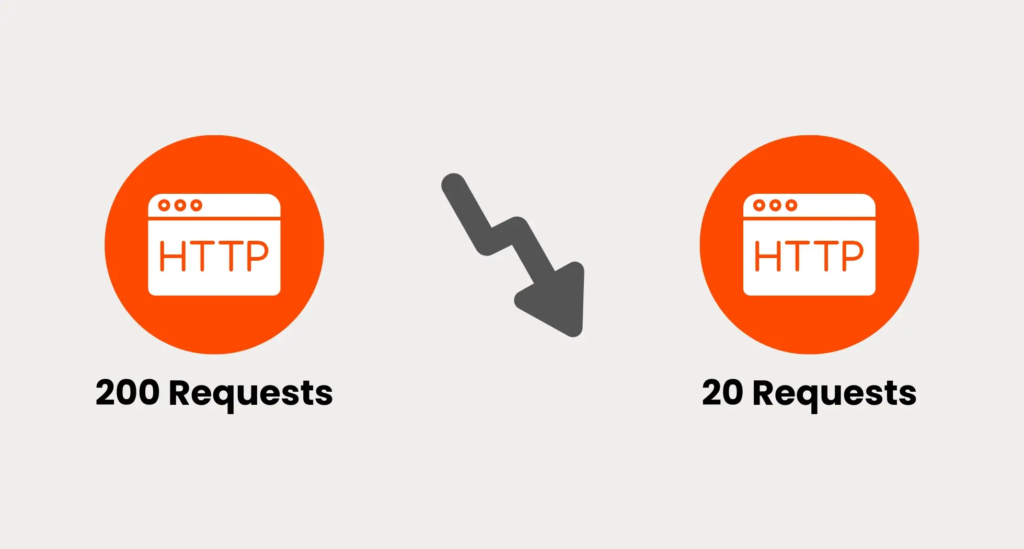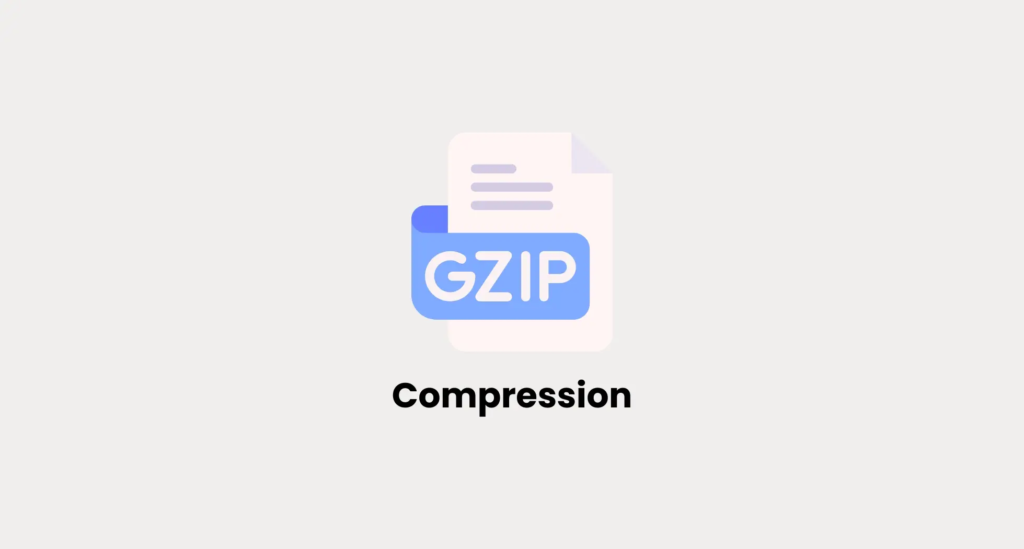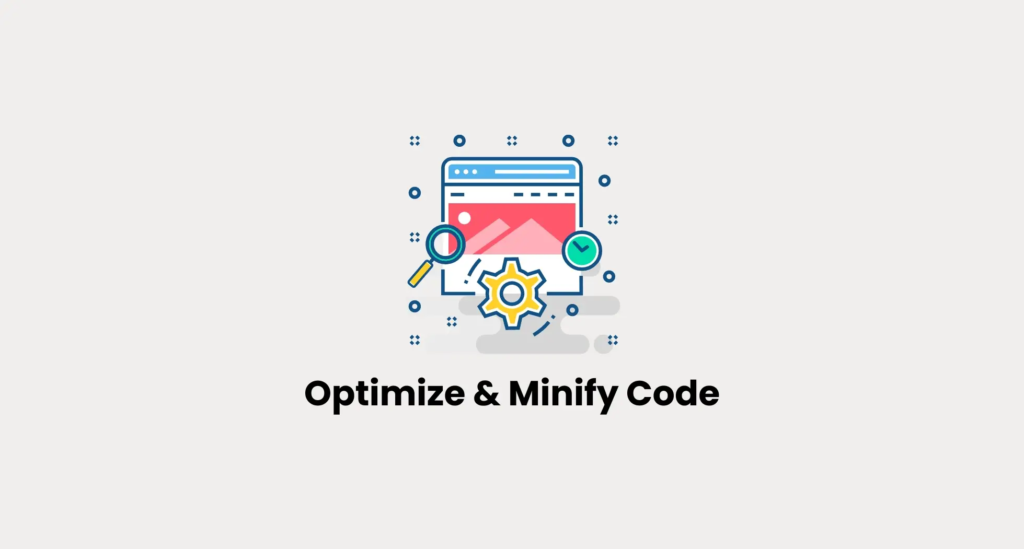As a web developer, you know that website speed is critical to user experience. Slow load times can lead to a frustrating experience for visitors and may even affect your search engine ranking. In this guide, we’ll share some tips and tricks to help you improve your website’s load times and provide a better user experience.

Optimize Your Images
Images are a crucial part of web design, but they can also be a significant contributor to slow load times. To ensure faster load times, optimize your images by reducing their size without compromising quality. You can use tools like Adobe Photoshop or online services like TinyPNG to compress your images. Another option is to use responsive images, which adjust their size based on the device being used to view the website.

Minimize HTTP Requests
Every time a user visits your website, their browser sends a request to your server for each file needed to display the page, such as HTML, CSS, and JavaScript files. The more requests made, the slower the website loads. To minimize HTTP requests, combine CSS and JavaScript files, reduce the number of images used, and use browser caching.

Use a Content Delivery Network (CDN)
A CDN is a network of servers located around the world that store a copy of your website’s content. When a user visits your website, the CDN serves the content from the server nearest to them, reducing the load time. There are several CDN providers available, such as Cloudflare, Akamai, and Amazon CloudFront.

Enable Gzip Compression
Gzip compression compresses your website’s files before sending them to the user’s browser, reducing the size of the files and speeding up load times. Most web servers have Gzip enabled by default, but you can use tools like GTMetrix or Pingdom to check if your website is using Gzip compression.

Optimize Your Website’s Code
Optimizing your website’s code involves minimizing unnecessary code and ensuring that it is organized and structured correctly. This can include minifying CSS and JavaScript files, reducing the number of redirects, and using efficient code.
Conclusion
Improving your website’s load times is essential for providing a better user experience and boosting your search engine ranking. By optimizing your images, minimizing HTTP requests, using a CDN, enabling Gzip compression, and optimizing your website’s code, you can ensure that your website loads quickly and efficiently.


